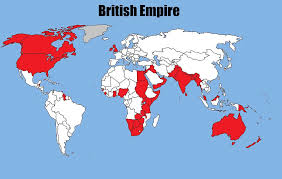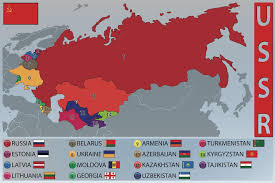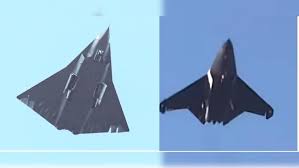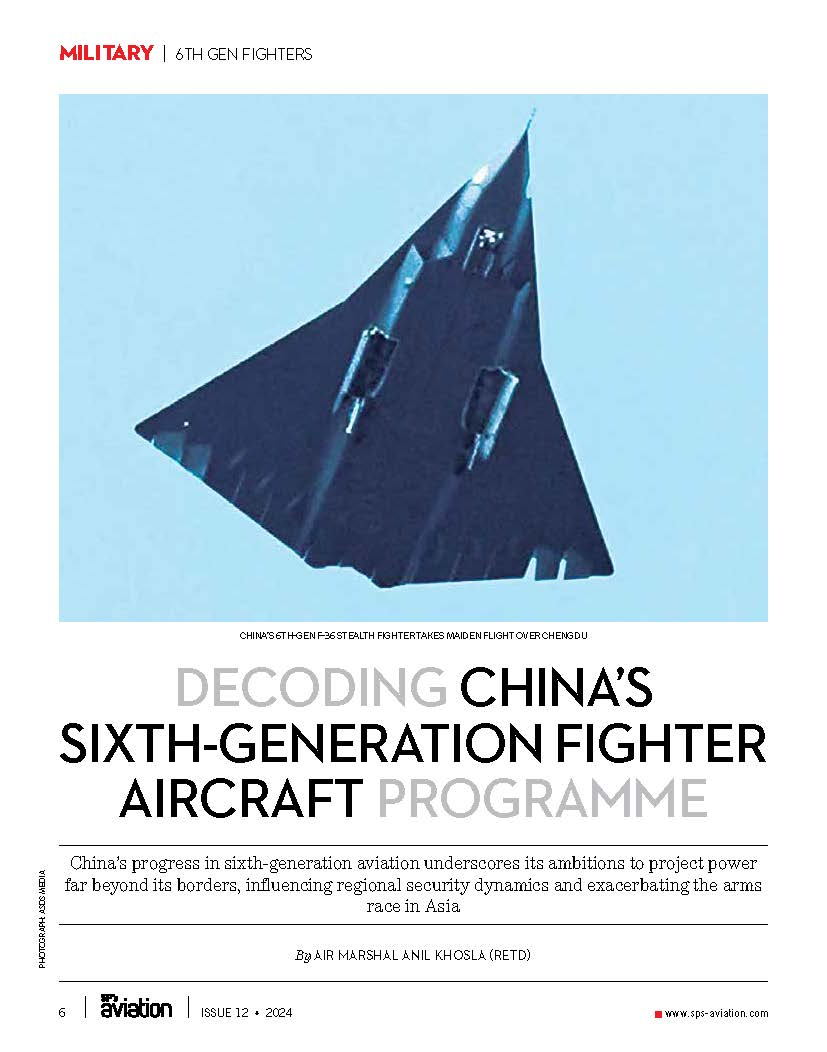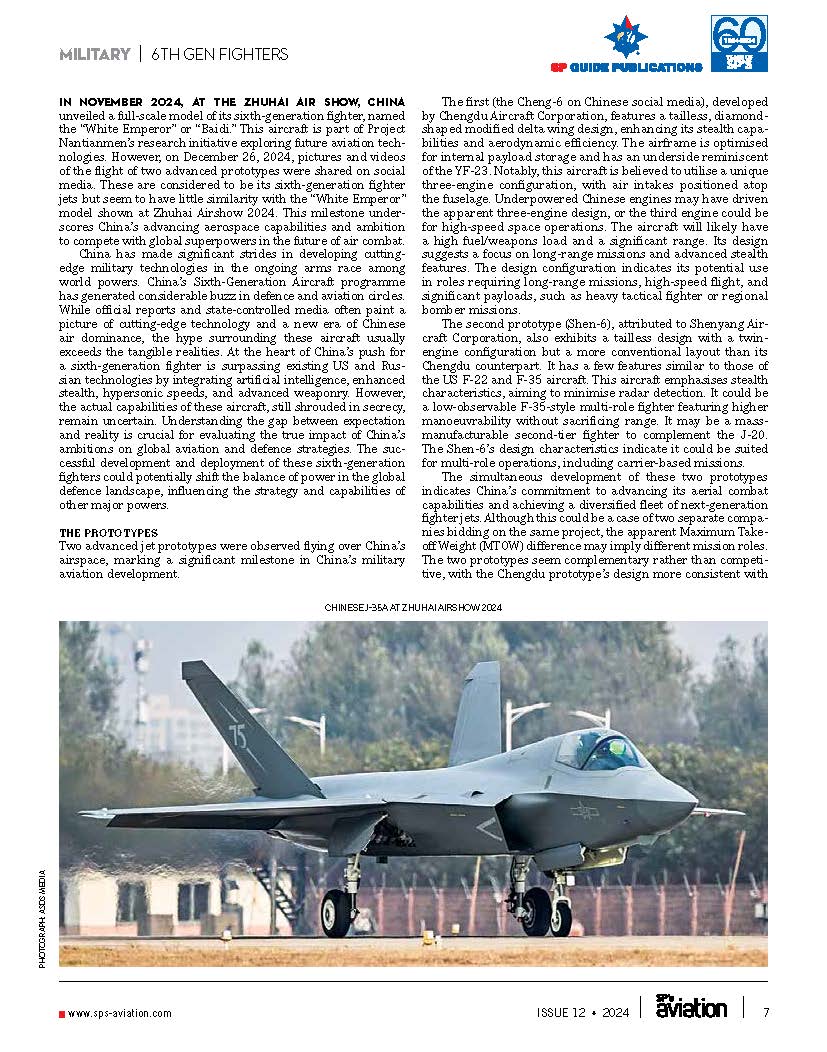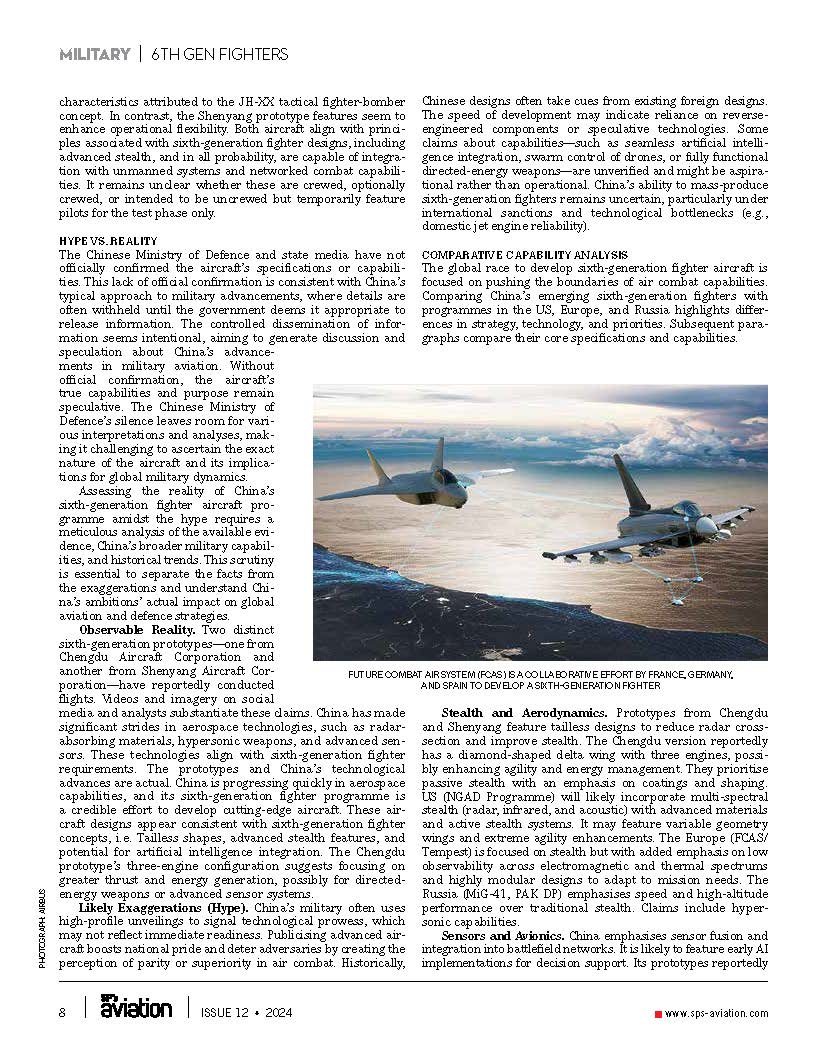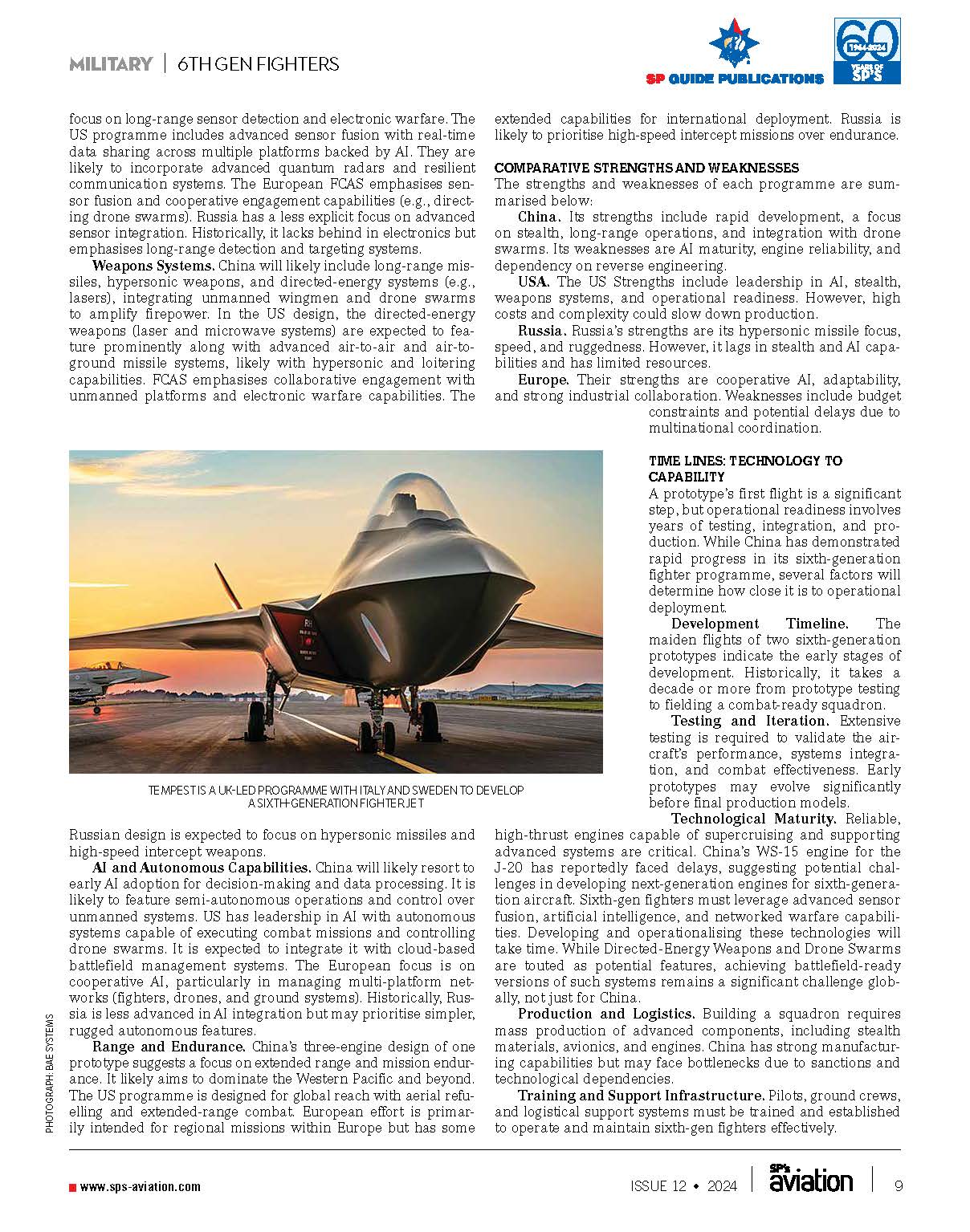
Pic Courtesy Net
Bangladesh has shown a growing interest in modernising its air force as part of its broader military modernisation under the “Forces Goal 2030” initiative. The BAF currently operates older platforms. These ageing aircraft are increasingly inadequate against modern threats and require replacement with advanced platforms. The BAF has recently considered acquiring new-generation multirole fighter jets, including Chinese aircraft.
Interest in J-10C. The Chinese J-10C, a fourth-generation-plus multi-role fighter jet boasting advanced avionics, weapon systems, and cost efficiency, had featured on Bangladesh’s wish list. This news about the possible acquisition of J-10C aircraft followed Air Chief Marshal Hasan Mahmood Khan’s visit to China in Nov 2024. He reportedly expressed Bangladesh’s desire to acquire about 16 J-10C multi-role combat aircraft from China.
Interest in JF-17. A high-level defence delegation from Bangladesh showed interest in JF-17 Thunders during a visit to Pakistan in January 2025. The delegation, led by Lieutenant General SM Qamarul Hassan, Principal Staff Officer, Armed Forces Division, Bangladesh, met with Pakistan Air Force (PAF) Chief Air Chief Marshal Zaheer Ahmad Babar Sidhu at the Air Headquarters in Islamabad. According to the report, Lieutenant General Hassan explicitly expressed interest in the JF-17 Thunder aircraft, sparking rumours about a possible purchase. This was the first time Bangladesh had expressed its interest in the JF-17. Earlier reports suggested that Bangladesh heavily favoured the Chinese J-10C 4.5th-generation aircraft.
The J-10C Aircraft. The J-10C, known as the ‘Vigorous Dragon’, is claimed to be a fourth-generation multirole combat aircraft equipped with the Chinese-manufactured WS-10B engine. China’s Chengdu Aircraft Corporation has developed it. J-10C represents an evolutionary version of the J-10 series. The J-10C was first unveiled to the Chinese public in July 2017 and has been operational since 2018. It features significant advancements over earlier variants. It is capable of both air-to-air and air-to-ground missions and is well-suited for diverse operational scenarios. With a delta wing-canard configuration and an optional thrust-vectoring engine, the J-10C claims excellent manoeuvrability and agility in combat. The J-10C is equipped with an Active Electronically Scanned Array (AESA) radar, which offers enhanced detection, tracking, and targeting capabilities in all weather conditions. Advanced avionics and integrated electronic warfare systems for jamming enemy radar and countering electronic threats enhance survivability. The jet can carry various armaments, including the PL-15 beyond Visual Range Air-to-Air Missile (BVR-AAM), which has a range of over 200 km.
JF-17 aircraft. The JF-17 Thunder is a single-engine, lightweight, multi-role combat aircraft. With a maximum speed of approximately 1,200 mph and a service ceiling of 50,000 feet, the JF-17 can carry out various tasks. It is designed to carry Chinese weaponry on its seven hardpoints, including the LS-6 GPS-guided glide bombs, the PL-5 short-range air-to-air missile, and the YJ-12 supersonic and YJ-83 subsonic anti-shipping missiles. Although not directly integrated, the JF-17 can also be equipped with external pods that carry self-defence jammers and electro-optical/infrared sensors. Since its induction in the PAF in 2007, the JF-17 has been upgraded several times. If Bangladesh decides to go for the JF-17, it will likely purchase the Block III variant with superior manoeuvrability, extended range, and enhanced combat capabilities.
Comparative Analysis: JF-17 Thunder vs. J-10C
The JF-17 Thunder and the J-10C are modern fighter jets developed by China. The former was a collaborative effort between China and Pakistan. They are designed for different roles, customers, and operational needs.
Development Background. The JF-17 Thunder was developed jointly by China’s Chengdu Aircraft Corporation (CAC) and Pakistan Aeronautical Complex (PAC). It is designed as a cost-effective, lightweight, multirole fighter for export markets and Pakistan’s Air Force (PAF). The aircraft is projected for its affordability and ease of maintenance. On the other hand, the J-10C was developed solely by the CAC for the Chinese People’s Liberation Army Air Force (PLAAF). It is a more advanced, multirole, fourth-generation-plus fighter designed for high-end performance and greater sophistication.
Roles and Missions. The JF-17 Thunder is a lightweight multirole fighter suited for air defence, close air support, and precision strike roles. It targets countries with limited defence budgets. In comparison, the J-10C is designed as a medium-weight multirole fighter capable of air superiority, ground attack, and advanced electronic warfare. It operates in high-threat environments against sophisticated adversaries.
Airframe and Design. The JF-17 Thunder is lightweight (approximately 12.7 tons max take-off weight), with a conventional layout and a focus on simplicity and agility. It uses composite materials to reduce weight and cost. Being small and lighter, it is easier to deploy from forward airbases. In contrast, the J-10C is medium-weight (approximately 19 tons max take-off weight), with a canard-delta wing configuration for superior manoeuvrability and aerodynamics—higher use of advanced composites for reduced radar cross-section. The larger size offers a better payload and range.
Avionics and Sensors. The newer JF-17 Thunder variant has the KLJ-7 or NRIET KLJ-7A active electronically scanned array (AESA) radar. It has a decent avionics suite, including a glass cockpit and helmet-mounted display (HMD). On the other hand, the J-10C has an advanced AESA radar with superior range and tracking capability, highly advanced fully digital flight systems and integrated HMD, and a robust EW suite capable of countering high-end threats.
Engines and Performance. The Russian RD-93 or Chinese WS-13 engine powers the JF-17 Thunder. The engine has an 85 kN thrust, enabling the aircraft to attain a speed of Mach 1.6, a combat radius of 1,352 km, and a service ceiling of 55,000 feet. Comparatively, the J-10C initially had an AL-31FN (Russian) engine. The newer variants use China’s WS-10B Taihang engine with a 132 kN thrust. The aircraft can attain a speed of Mach 2.2, has a combat radius of 1,700 km, and a service ceiling of 59,055 feet.
Weapons Systems. The JF-17 Thunder can carry PL-5, PL-9, PL-10, or PL-15 beyond-visual-range (BVR) missiles, precision-guided munitions like laser-guided bombs and cruise missiles (Ra’ad), and CM-400AKG Anti-ship missile. Its total payload is 3,600 kg. The J-10C has a total payload of 6,000 kg, including advanced PL-10 (IR-guided) and PL-15 (BVR) Air to air missiles with longer ranges, precision-strike capability with advanced guided munitions, and advanced anti-ship missiles for maritime strike roles.
Stealth and Survivability. The JF-17 Thunder has limited stealth features and focuses on reduced radar cross-section (RCS) using composites. By contrast, the J-10C possesses a semi-stealth design with reduced RCS due to airframe shaping and the use of RAM (Radar-Absorbing Material). It is more survivable in contested environments.
Cost. The JF-17 Thunder reportedly costs approximately $30-40 million per unit (depending on the variant), whereas the J-10C costs roughly $60-70 million per unit.
The JF-17 Thunder is projected as an affordable and versatile fighter, ideal for nations needing a cheaper and reliable multirole platform. In contrast, the J-10C is a more capable and sophisticated aircraft, suitable for nations looking for high-end performance and advanced technology.
Key Dynamics
Bangladesh is considering acquiring the Chinese JF-17 Thunder and possibly the J-10C for its next-generation fighter program. While the JF-17 Thunder offers a cost-effective, multirole platform with decent air-to-air and air-to-ground capabilities, the J-10C aircraft, with its advanced capabilities, including AESA radar, stealth features, and modern weaponry, aligns with Bangladesh’s ambitions to bolster regional deterrence. However, the final decision will depend upon numerous factors, such as balancing operational requirements, geopolitical considerations, and financial viability.
Strategic Ties with China. Bangladesh maintains strong defence and economic ties with China, its largest military hardware supplier. Bangladesh is China’s second-largest arms buyer after Pakistan. China has previously supplied naval ships, tanks, and other defence systems to Bangladesh, making Chinese aircraft a logical choice for continuity.
Dependence on China. A heavy reliance on Chinese defence equipment could limit Bangladesh’s strategic autonomy and expose it to geopolitical pressure from Beijing.
Affordability and Financing. Chinese fighter jets are significantly cheaper than Western counterparts like the Eurofighter Typhoon, Dassault Rafale, or Lockheed Martin F-16. China offers flexible financing options, which would appeal to Bangladesh.
Operational Costs. While the upfront costs are low, operational and maintenance costs can accumulate over time, especially if Bangladesh opts for higher-end platforms like the J-10C. Financing through Chinese loans might deepen Bangladesh’s economic reliance on Beijing, potentially leading to broader strategic vulnerabilities.
Challenges and Concerns. Although Chinese aircraft like the JF-17 and J-10C are advanced, they may lag behind Western jets in reliability, engine performance, and software integration. Critics argue that the aircraft relies heavily on older technologies and reverse-engineered components.
Geopolitics. Geopolitical tension in the Indo-Pacific is rising, with China and the United States wanting Bangladesh in their camp. Bangladesh’s shift towards China could strain its relationship with the United States.
Balancing Foreign Policy. The U.S. and Western nations might view Bangladesh’s deepening defence ties with China as a shift away from a balanced foreign policy. This alignment might affect Bangladesh’s ability to balance relationships with other major powers. It could also impact Bangladesh’s access to Western defence technology and economic support.
Indian Concern. Bangladesh’s acquisition of Chinese jets would deepen its defence ties with Beijing, aligning with China’s broader strategy of counterbalancing India’s regional influence. This could shift the balance of power in South Asia. Acquiring Chinese jets and aligning with China would complicate Dhaka’s relationship with New Delhi.
Conclusion
Likely Scenario. Bangladesh’s need to rapidly upgrade its air force, budget constraints, strategic ties with China, and other geopolitical considerations make a deal to procure the JF-17 Thunder Block III comparatively more likely.
Bangladesh’s potential acquisition of Chinese fighter jets represents both an opportunity and a risk. On one hand, they would enhance the Bangladesh Air Force’s capabilities, improving its deterrence and operational flexibility. On the other hand, the move comes with substantial financial, operational, and geopolitical challenges that could outweigh the benefits if not carefully managed. The decision also carries significant implications for Bangladesh’s strategic autonomy. Bangladesh must carefully weigh its strategic, operational, and economic priorities to make an informed decision that enhances its national security while maintaining a balanced foreign policy approach.
Please do Comment.
Link to the Article on the website:-
https://www.eurasiantimes.com/j-10c-vs-jf-17-two-chinese-fighter-jets-battle/
For regular updates, please register your email here:-
References and credits
To all the online sites and channels.
References:-
- Farhana, S. “Bangladesh’s Defence Modernisation: The Role of Chinese Military Hardware.” Journal of South Asian Defence Studies, vol. 18, no. 4, 2023, pp. 97-116.
- Sayed Ahmed, “The Role of Chinese Fighter Jets in Bangladesh’s Air Force Modernisation”, Bangladesh Defence Journal, 2022.
- Muhammad Tariq, “Assessing the Performance of the JF-17 Thunder in the South Asian Context”, Defence Studies Quarterly, 2020.
- Chowdhury, A. “J-10C Jets for Bangladesh: Boosting Capabilities or a Risky Gamble?” Strategic Studies Quarterly, vol. 9, no. 2, 2024, pp. 72-89.
- Beijing Insight. “Bangladesh’s Potential Purchase of Chinese J-10C Jets: Analysing Strategic Choices.” The Diplomat, 15 December 2023.
- “The Strategic Consequences of Bangladesh Acquiring Chinese Fighter Jets.” South Asian Voices, 10 December 2023.
- Tanvir A. Siddique, “Bangladesh’s Balancing Act: Military Procurement from China and the West”, Asian Security Review, 2023.
- Shahab Enam Khan, “Bangladesh Defence Policy and Strategic Outlook”, BIISS, 2019.
Disclaimer:
Information and data included in the blog are for educational & non-commercial purposes only and have been carefully adapted, excerpted, or edited from reliable and accurate sources. All copyrighted material belongs to respective owners and is provided only for wider dissemination.


